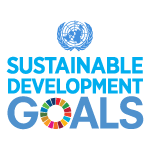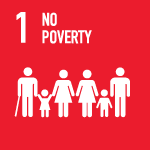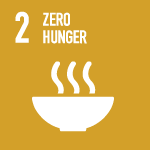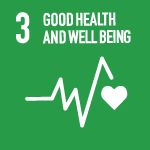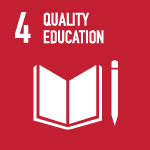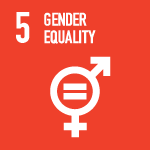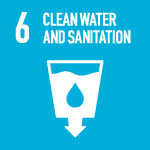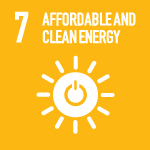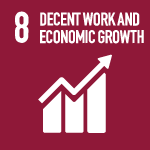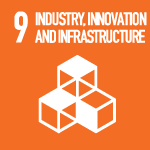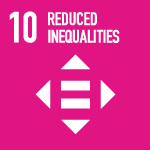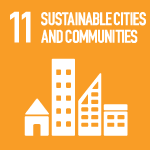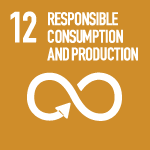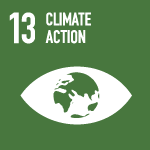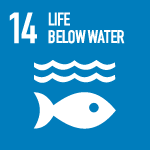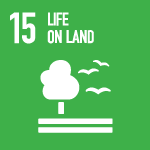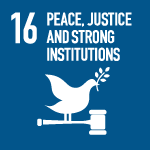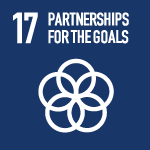Goal 9: Build resilient infrastructure, promote inclusive and sustainable industrialization and foster innovation

Sustainable Development Goal 9 addresses violence against children.
Education and Early Childhood Development
Schools can be the setting for forms of violence such as bullying, corporal punishment and sexual exploitation and abuse that must be addressed directly. But schools can also be an early detection mechanism for violence and neglect that happens in a child’s home or community. Children exposed to violence and other adversities at home or at school are more likely to drop out of education, compromising their chances of becoming productive citizens. Realizing the right of all children to a safe,6 inclusive7 and quality education plays a foundational role in creating more productive, equal and inclusive societies.
Experiencing toxic stress and violence in early childhood can alter the development of the brain structure and function, such as language acquisition and cognitive functioning, which can result in deficits in social and emotional competency. Later in life, these can decrease economic productivity, increase the likelihood of intergenerational poverty, and perpetuate violence in personal relationships.
A safe, clean and connected living environment
Safe and healthy living environments, including accessible public transportation systems, water and sanitation, modern energy and technology, are essential for children’s well-being and protection. For example, children are often tasked with fetching water and firewood for the household, and those travelling long distances to do so are at risk of violence. Long hours spent on these tasks also compromise their development and education.
Access to information and communication technologies (ICT) enhances children’s learning and increases their opportunities for social contact and access to protection, as well as their participation. Various web-based helplines for children saw an increase in contacts during the COVID-19 pandemic. The online world can also put children at risk of exploitation and abuse, which harm their health (including their mental health), education and development.


